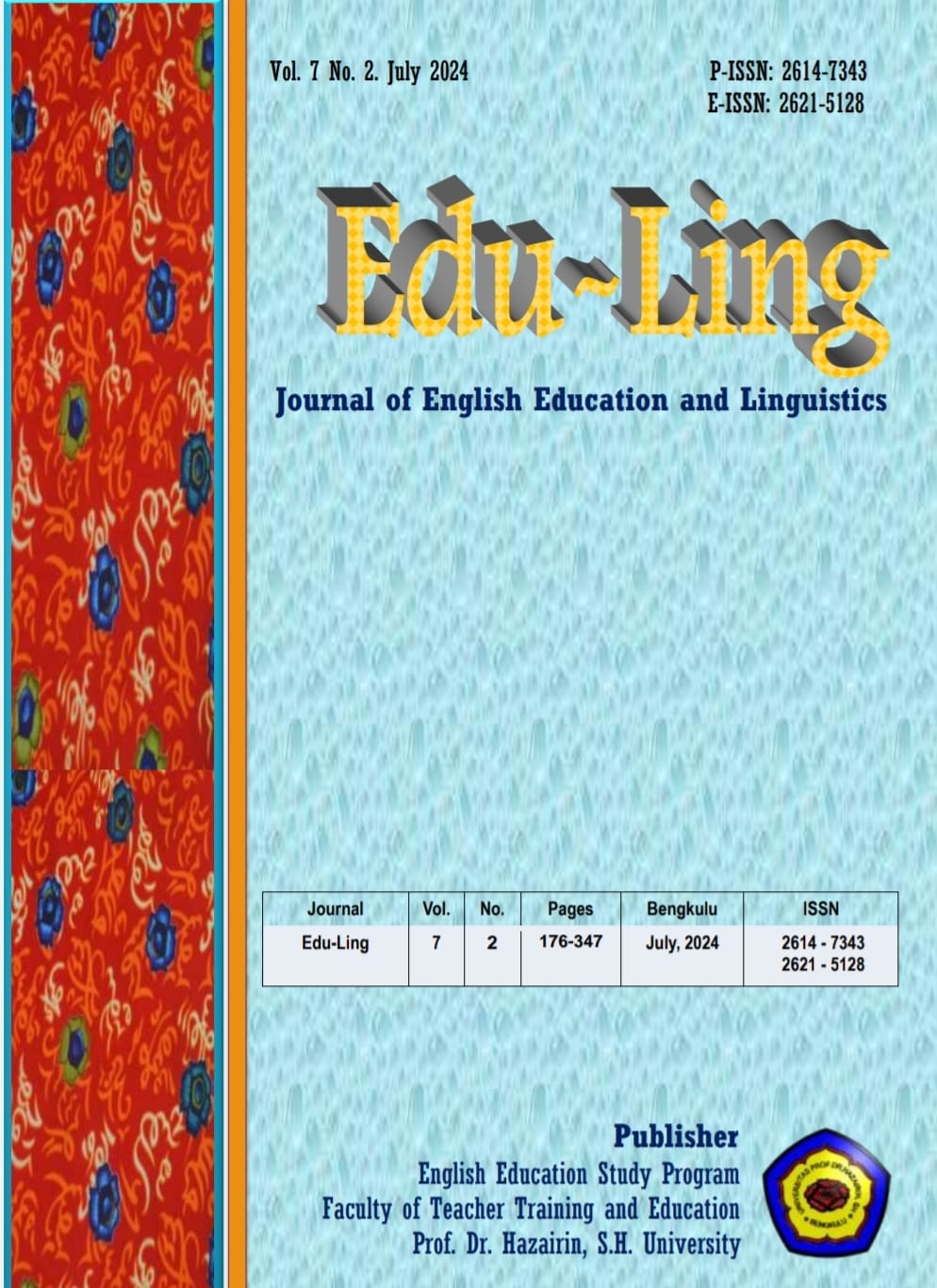A Discourse Analysis Using Semiotic Theory on iPhone 13 Advertisement
DOI:
https://doi.org/10.32663/edu-ling.v7i2.3702Keywords:
Keywords: Advertisement, Semiotic Analysis, Saussure’s Theory, and Barthes’s Theory.Abstract
Currently, we see a lot of advertisements, both in the form of print media and electronic media. With technological advances, advertisements can be made as attractive as possible in order to persuade consumers to own or use these goods/services. The way producers advertise their products is also very diverse, ranging from making advertisements for goods in the cinematic genre to showing advertisements in the comedy genre. The creativity of each producer is very necessary because this is also their determinant in the success of advertising to persuade consumers to buy the goods/services. Not infrequently many advertisements have discourse, especially the hidden meaning in each scene. So this article was created with the aim of analyzing one of the interesting advertisements published by the Apple company, namely the launch of the iPhone 13 smartphone. The method used is a method using a semiotic approach, where the results of the analysis will be in accordance with the theory presented by Ferdinand de Saussure and Roland Barthes. This theory covers the sign described by Saussure; the meaning of denotation, and connotation, and also the myth described by Barthes.
Keywords: Advertisement, Semiotic Analysis, Saussure’s Theory, and Barthes’s Theory.









